phosphoryl trichloride
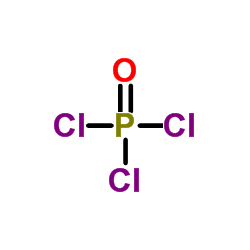
phosphoryl trichloride structure
|
Common Name | phosphoryl trichloride | ||
|---|---|---|---|---|
| CAS Number | 10025-87-3 | Molecular Weight | 153.332 | |
| Density | 1.8±0.1 g/cm3 | Boiling Point | 105.3±9.0 °C at 760 mmHg | |
| Molecular Formula | Cl3OP | Melting Point | 1.25 °C(lit.) | |
| MSDS | Chinese USA | Flash Point | 105.8°C | |
| Symbol |



GHS05, GHS06, GHS08 |
Signal Word | Danger | |
| Name | phosphoryl trichloride |
|---|---|
| Synonym | More Synonyms |
| Density | 1.8±0.1 g/cm3 |
|---|---|
| Boiling Point | 105.3±9.0 °C at 760 mmHg |
| Melting Point | 1.25 °C(lit.) |
| Molecular Formula | Cl3OP |
| Molecular Weight | 153.332 |
| Flash Point | 105.8°C |
| Exact Mass | 151.875229 |
| PSA | 26.88000 |
| LogP | 1.26 |
| Vapour density | 5.3 (vs air) |
| Vapour Pressure | 34.6±0.2 mmHg at 25°C |
| Index of Refraction | 1.453 |
| Stability | Stable. Reacts violently with water. Incompatible with many metals, alcohols, amines, phenol, DMSO, strong bases. |
| Water Solubility | reacts exothermically |
CHEMICAL IDENTIFICATION
HEALTH HAZARD DATAACUTE TOXICITY DATA
|
| Symbol |



GHS05, GHS06, GHS08 |
|---|---|
| Signal Word | Danger |
| Hazard Statements | H300 + H330-H314-H372 |
| Supplemental HS | Contact with water liberates toxic gas., Reacts violently with water. |
| Precautionary Statements | P260-P280-P301 + P310 + P330-P303 + P361 + P353-P304 + P340 + P310-P305 + P351 + P338-P403 + P233 |
| Personal Protective Equipment | Faceshields;full-face respirator (US);Gloves;Goggles;multi-purpose combination respirator cartridge (US);type ABEK (EN14387) respirator filter |
| Hazard Codes | C:Corrosive |
| Risk Phrases | R14;R22;R26;R35;R48/23 |
| Safety Phrases | S26-S45-S7/8-S36/37/39 |
| RIDADR | UN 1810 8/PG 2 |
| WGK Germany | 1 |
| RTECS | TH4897000 |
| Packaging Group | II |
| Hazard Class | 8 |
| HS Code | 2812102000 |
| Precursor 10 | |
|---|---|
| DownStream 10 | |
| HS Code | 2812102000 |
|---|
|
Design of donor-acceptor star-shaped oligomers for efficient solution-processible organic photovoltaics.
Faraday Discuss. 174 , 313-39, (2014) This contribution describes recent progress in the design, synthesis and properties of solution-processible star-shaped oligomers and their application in organic photovoltaics. Even though alternativ... |
|
|
Toughened hydrogels inspired by aquatic caddisworm silk.
Soft Matter 11 , 6981-90, (2015) Aquatic caddisworm silk is a tough adhesive fiber. Part of the toughening mechanism resides in serial, Ca(2+)-phosphate crosslinked nano-domains that comprise H-fibroin, the major structural protein. ... |
|
|
Differentiation between acetylcholinesterase and the organophosphate-inhibited form using antibodies and the correlation of antibody recognition with reactivation mechanism and rate.
J. Biol. Chem. 278(46) , 45512-8, (2003) Two types of polyclonal antibodies were generated from (a) a decapeptide sequence that includes the active site serine of acetylcholinesterase (anti-AChE10S) and (b) the identical decapeptide sequence... |
| phosphorus trichloride oxide |
| fosforoxychloride |
| Phosphorus oxychloride |
| POCl3 |
| Phosphorylchlorid |
| MFCD00011443 |
| Fosforoxychlorid |
| Phosphorus oxychlori |
| Phosphoroxidchlorid |
| phosphonitrilic chloride trimer |
| oxychloridfosforecny |
| trichlorophosphate |
| phosphorous oxychloride |
| PHOSPHORYL CHLORIDE |
| phosphorous oxytrichloride |
| PHOSPHOROXYCHLORIDE |
| EINECS 233-046-7 |
 CAS#:10026-13-8
CAS#:10026-13-8 CAS#:2449-19-6
CAS#:2449-19-6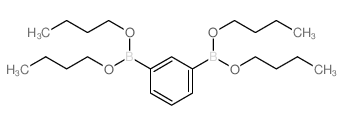 CAS#:7330-44-1
CAS#:7330-44-1 CAS#:2696-92-6
CAS#:2696-92-6 CAS#:14700-20-0
CAS#:14700-20-0 CAS#:80937-33-3
CAS#:80937-33-3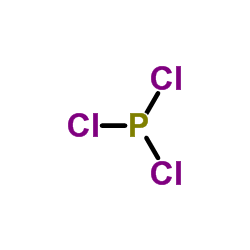 CAS#:7719-12-2
CAS#:7719-12-2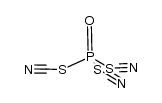 CAS#:57514-99-5
CAS#:57514-99-5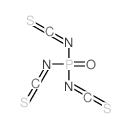 CAS#:1858-25-9
CAS#:1858-25-9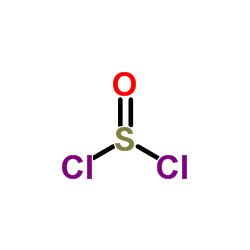 CAS#:7719-09-7
CAS#:7719-09-7![6,7-Dihydrothieno[3,2-C]-pyridine structure](https://image.chemsrc.com/caspic/470/107112-93-6.png) CAS#:107112-93-6
CAS#:107112-93-6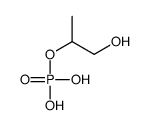 CAS#:14807-82-0
CAS#:14807-82-0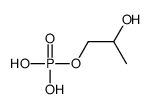 CAS#:10602-14-9
CAS#:10602-14-9 CAS#:10470-77-6
CAS#:10470-77-6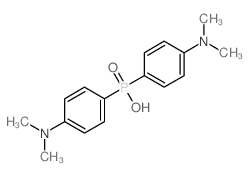 CAS#:7439-52-3
CAS#:7439-52-3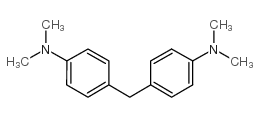 CAS#:101-61-1
CAS#:101-61-1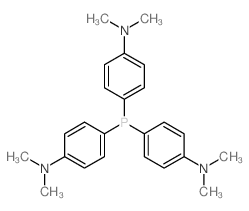 CAS#:1104-21-8
CAS#:1104-21-8![(4-bromophenyl)-[4-(dimethylamino)phenyl]methanone structure](https://image.chemsrc.com/caspic/405/105728-76-5.png) CAS#:105728-76-5
CAS#:105728-76-5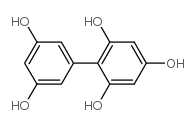 CAS#:491-45-2
CAS#:491-45-2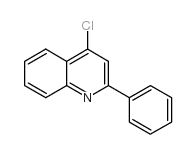 CAS#:4979-79-7
CAS#:4979-79-7